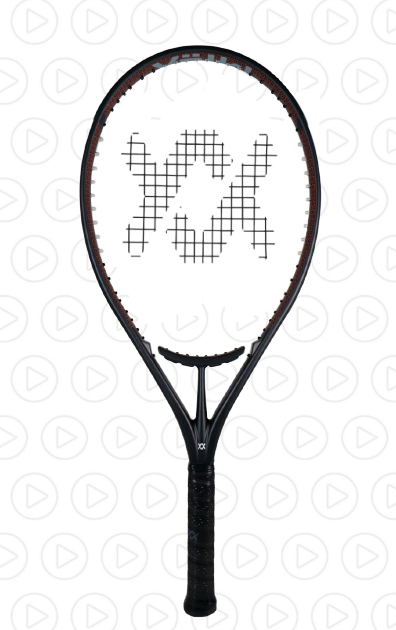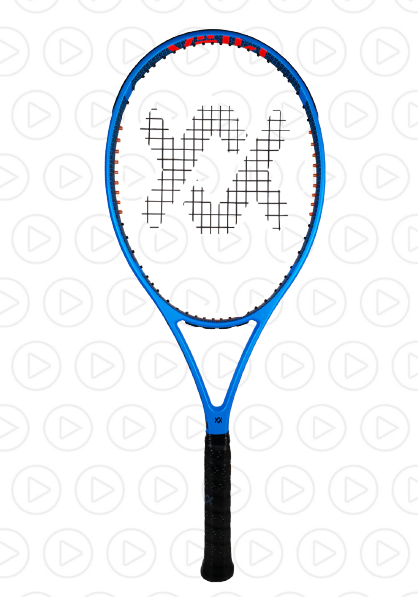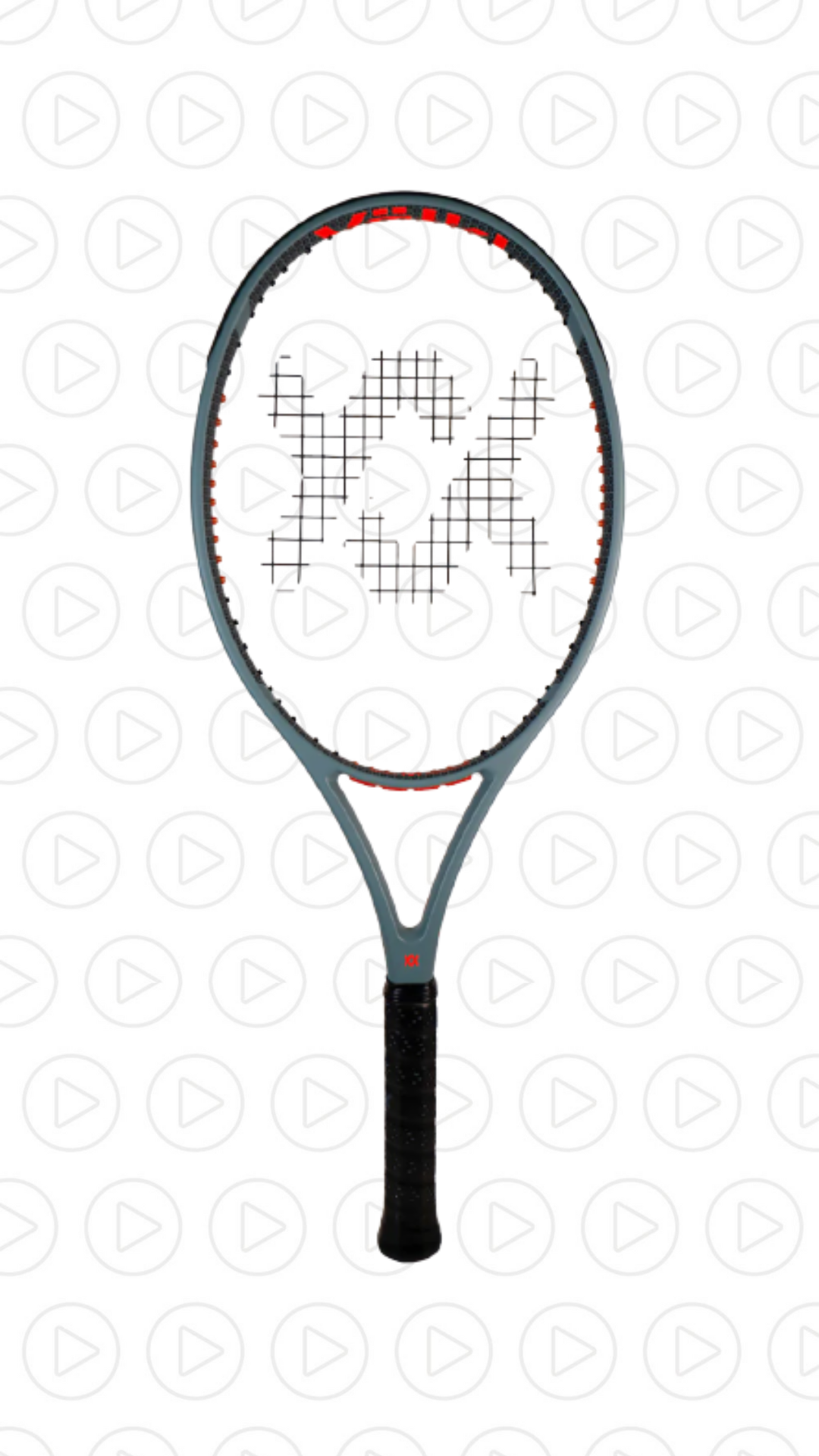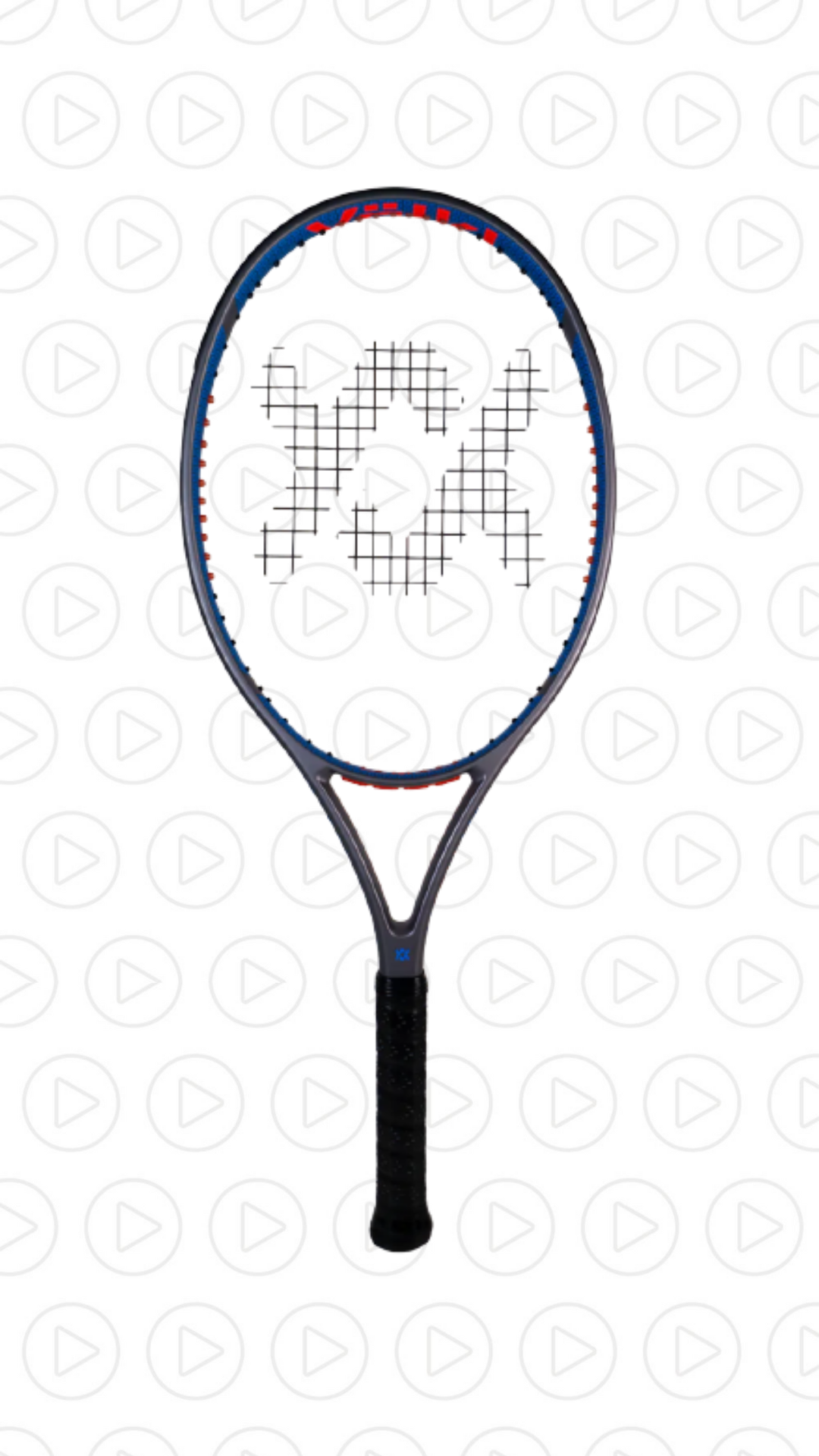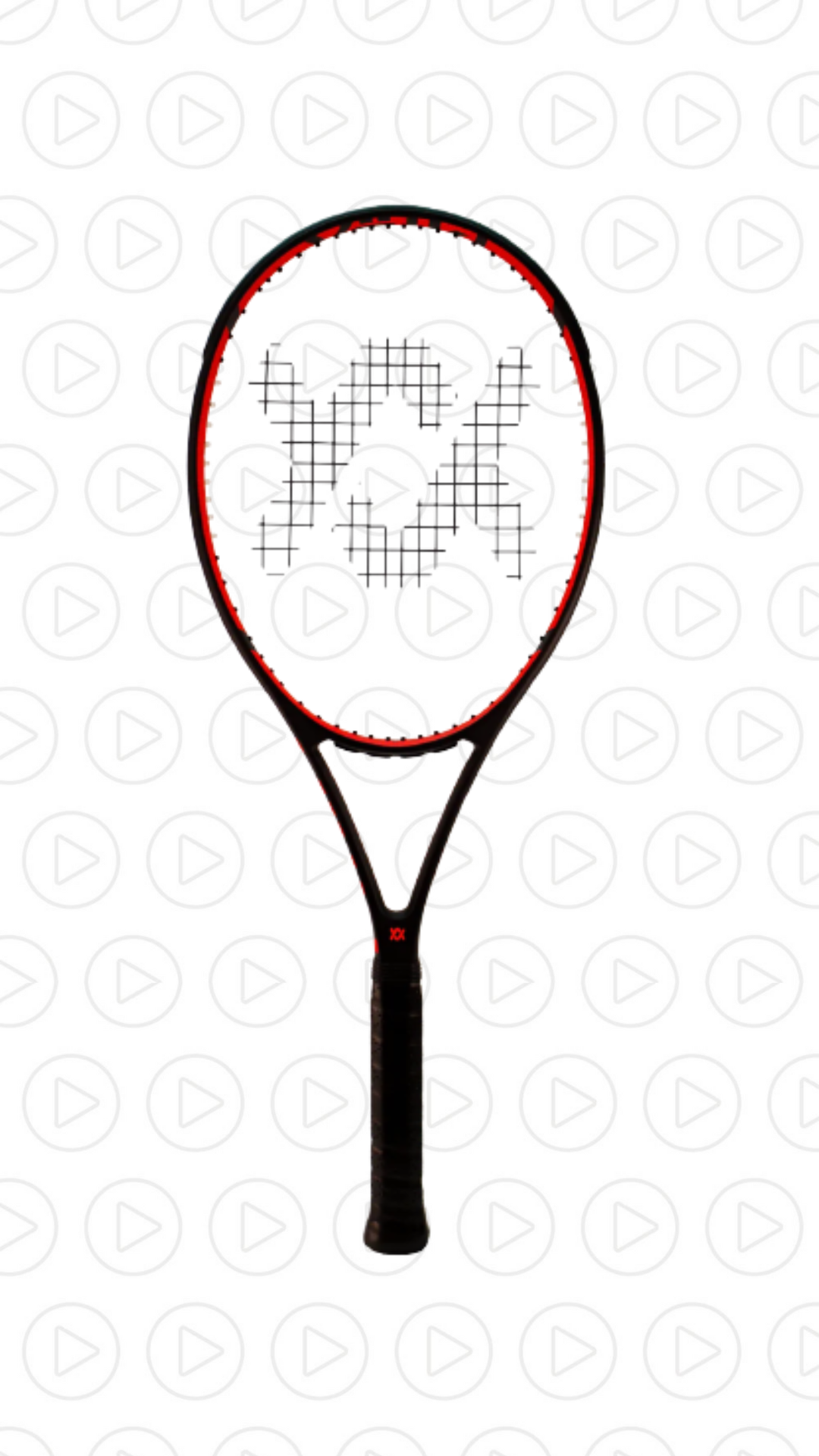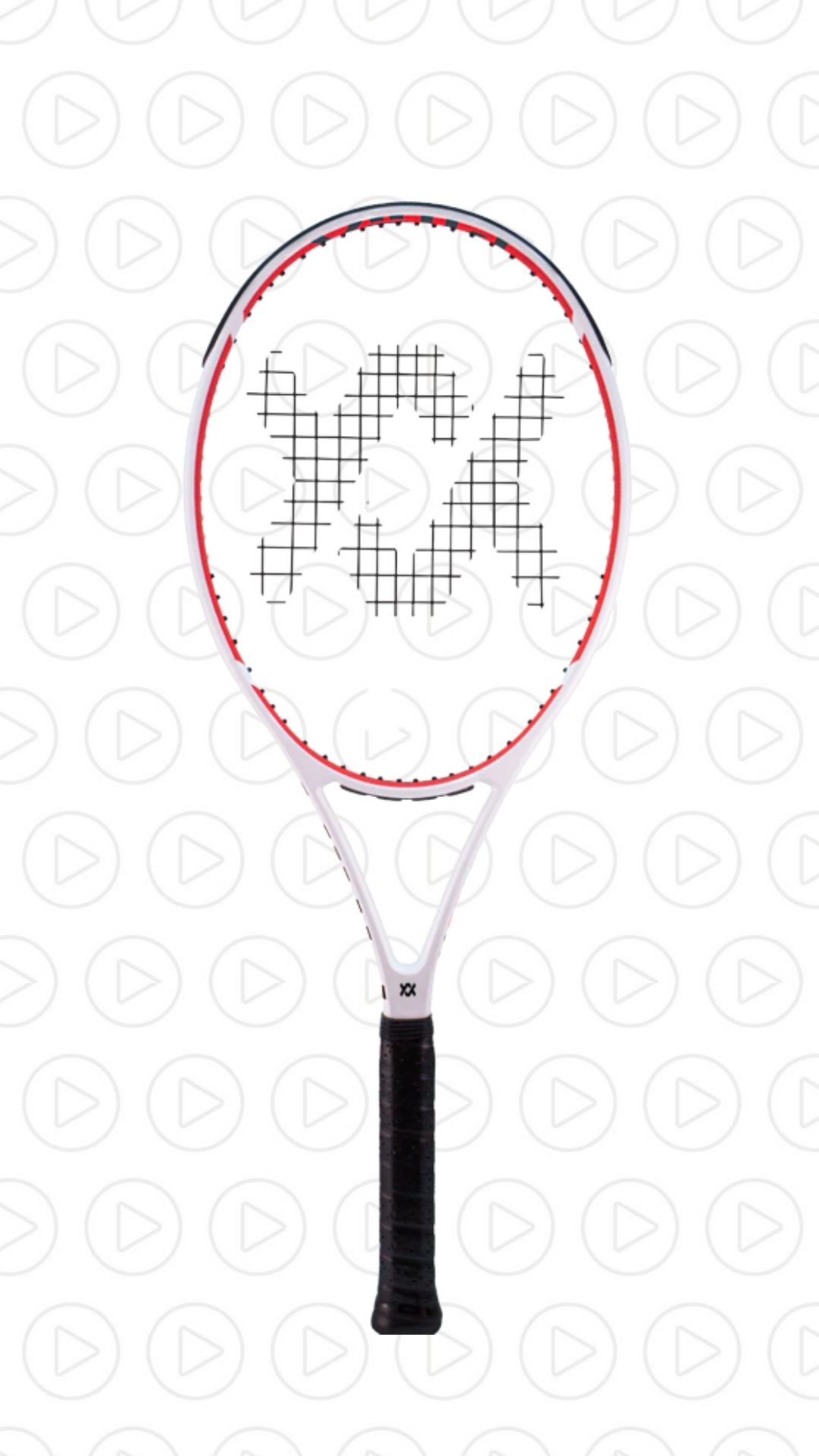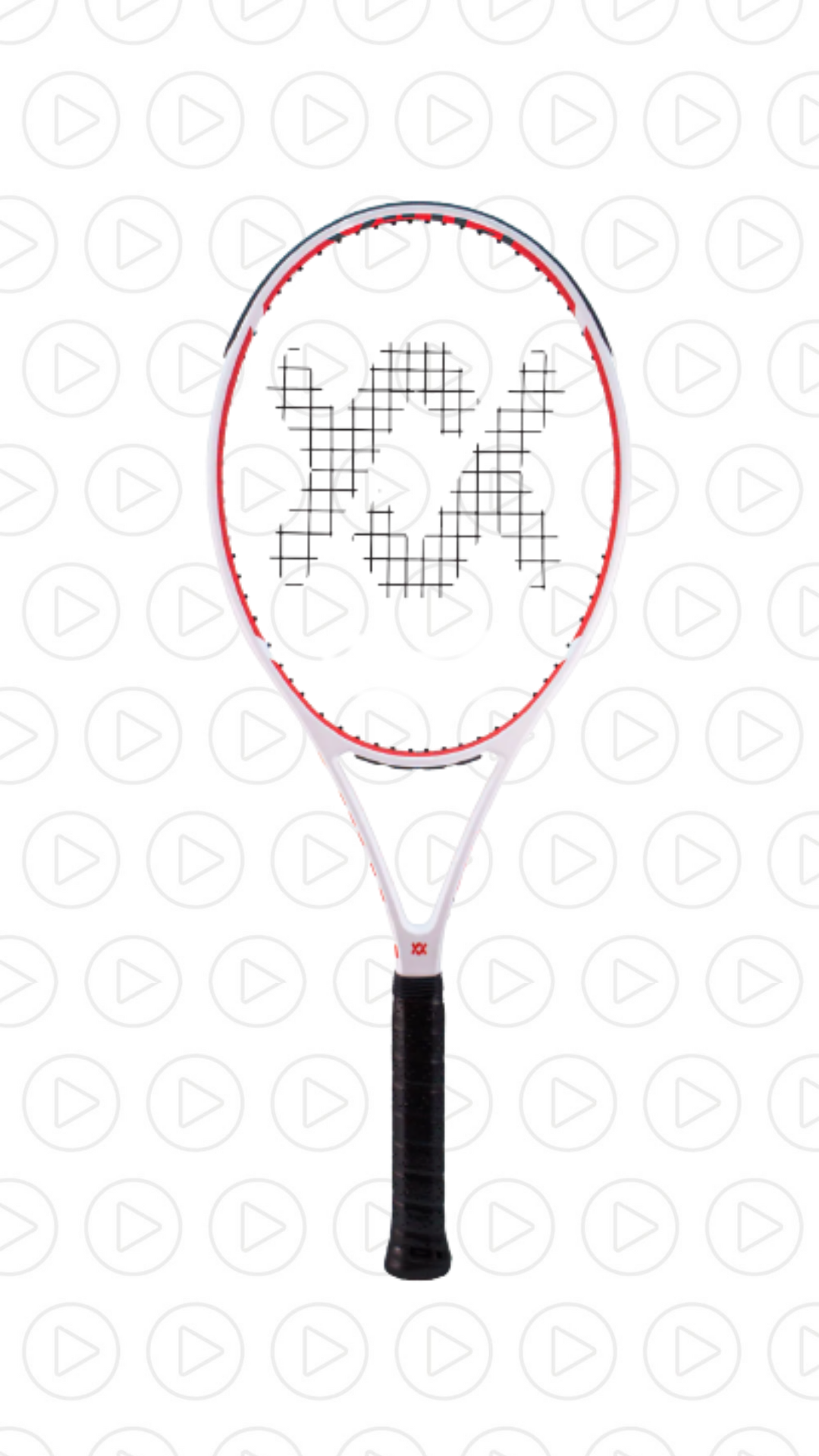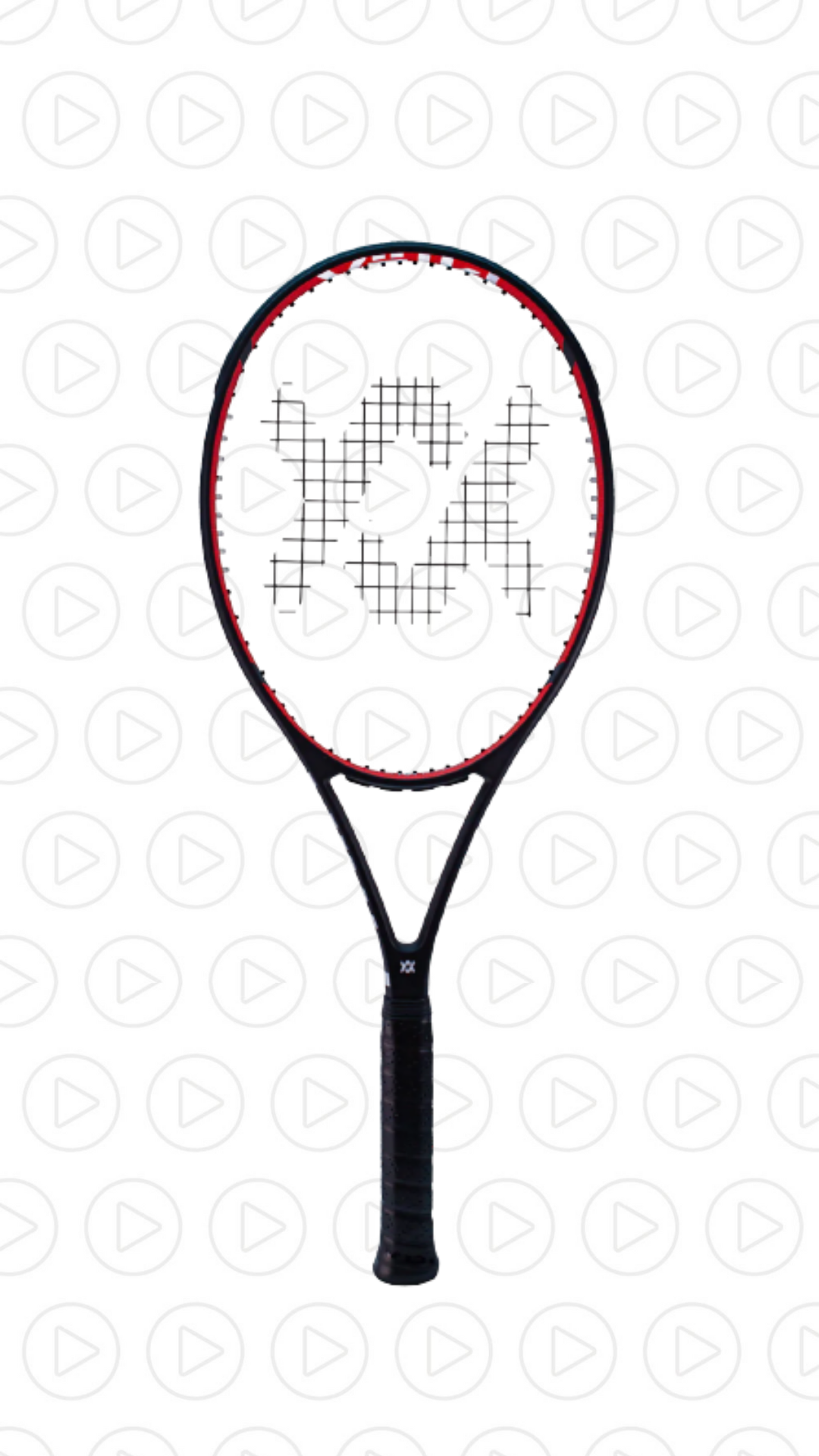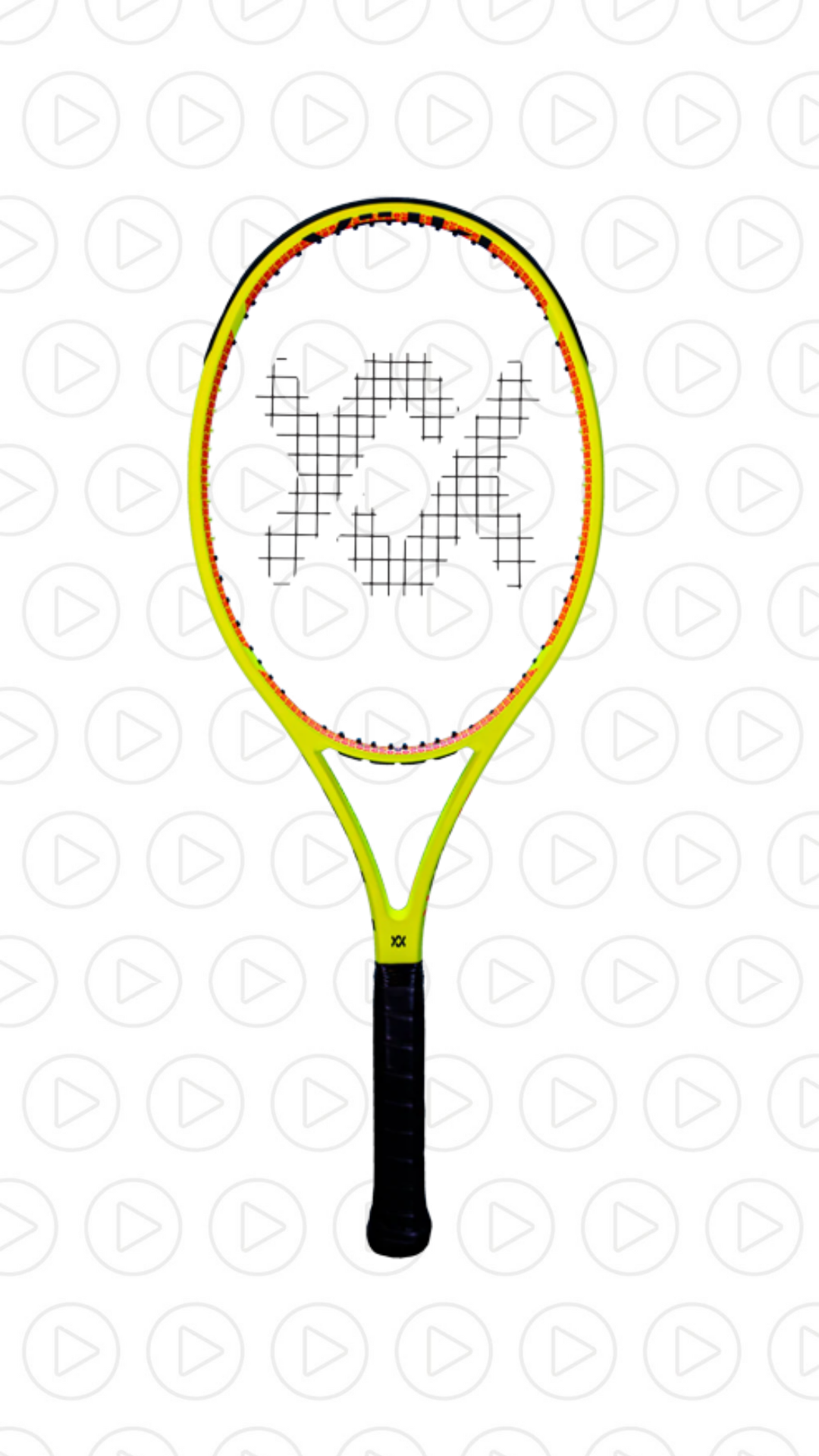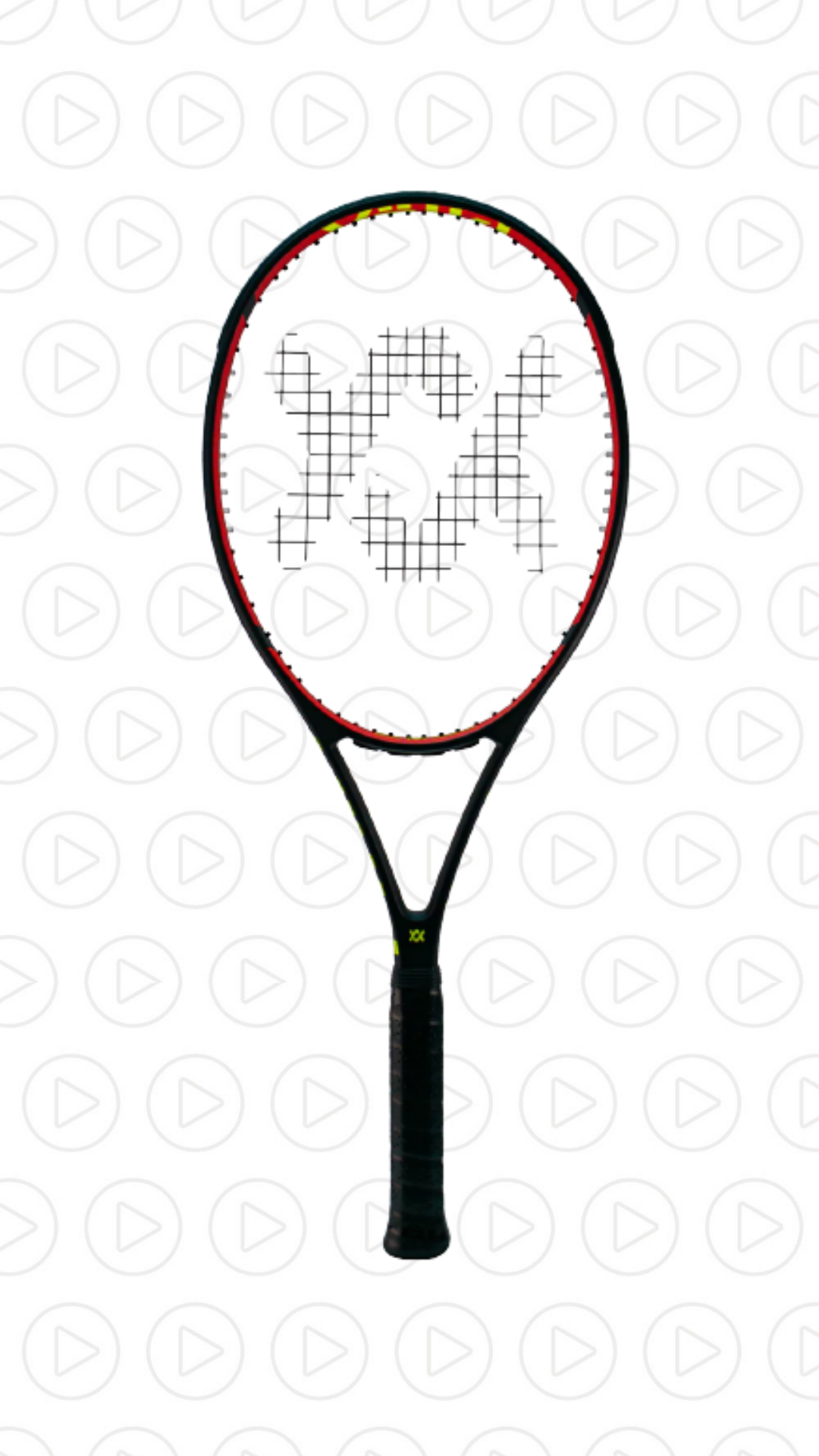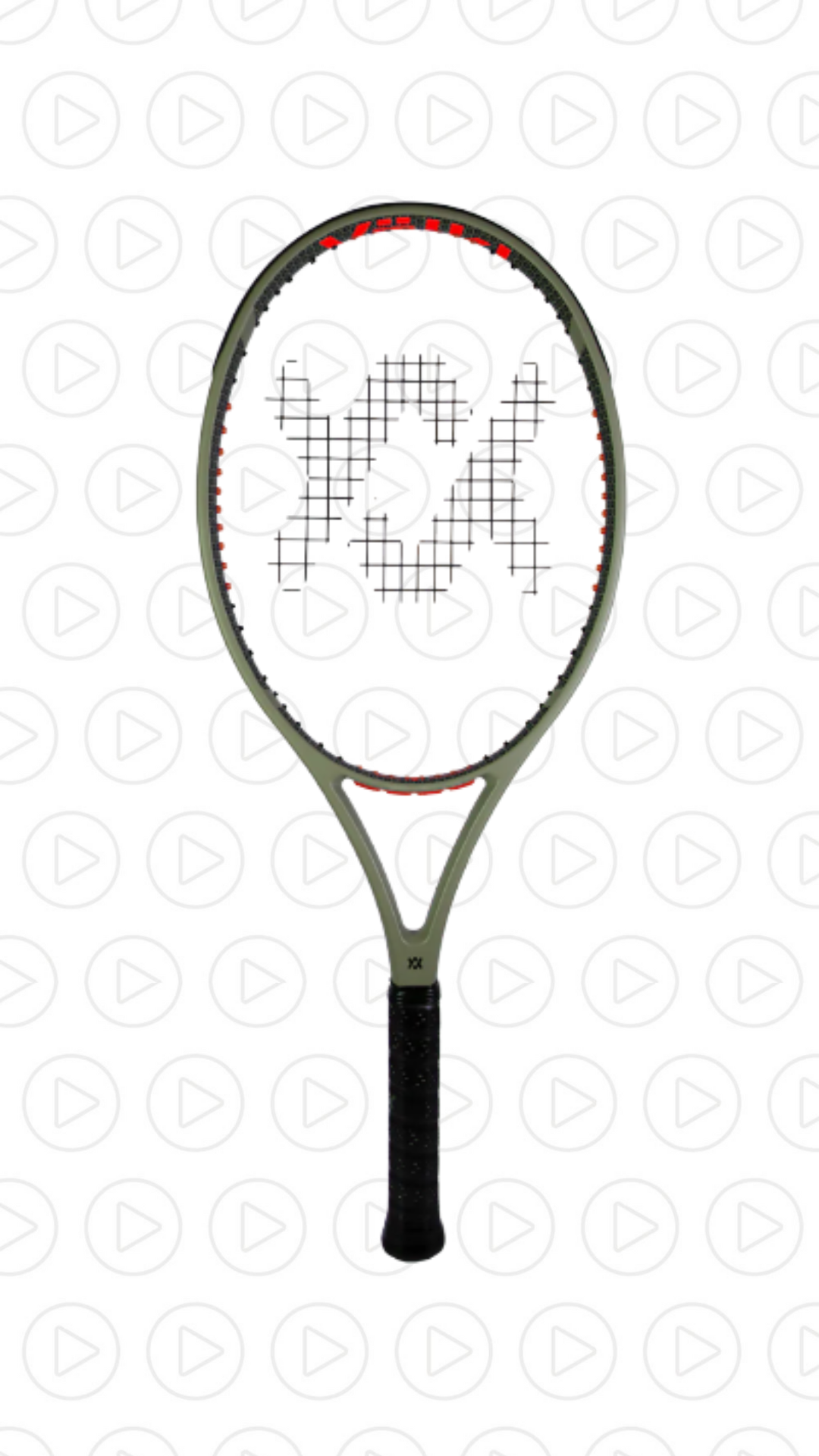Tennis
Welcome and thanks for visiting...

How to Choose a Tennis Racquet
The biggest tennis decision a tennis player can make is choosing a tennis racquet. That goes for beginners as well as grand slam winners.
How do you choose a tennis racquet?
Choosing can be a complicated process. There are so many models serving different needs and preferences. So, don’t be hasty. Demo several racquets before making one of the biggest tennis decisions.
Importantly, a player’s body, ability to swing, and type casual or dedicated player will affect a beginner's choice of racquet. Also, strength and hand-eye coordination play big roles in the selection process.
A common beginner issue is choosing a racquet that is too light or too heavy, which could mean choosing the wrong tennis racquet from the right fit and the price point of view for their eventual skills, resulting in unnecessary spending along the road.
First, let's understand the different levels of players:
The USTA (United States Tennis Association) uses the NTRP (National Tennis Rating Program) to determine the players playing ability.
Beginners (NTRP: 1.5 - 3.0): Not all beginners are alike. Most players have never been exposed to the game and are learning to make contact with the ball and put the ball into play. Some beginners are familiar with the basic strokes and have been exposed to the game but have limited experience with stroke development.
The typical racquet specs for a beginner player are lightweight racquets with oversized racquet heads.
Intermediate (NTRP: 3.5 - 5.0): A player who consistently hits the ball, is comfortable hitting all strokes and can execute plays consistently.
The typical racquet specs for an intermediate player is a medium-weight racquet with a mid-plus or mid-size racquet head.
Advanced (NTRP: 5.5 and Up): A player with intensive training who competes at a high level. High-performance athletes and world-class players.
The typical racquet specs for an advanced player is a heavy-weight racquet with a mid-size racquet head.
Now that you understand the different levels of tennis players let's dive into the two main racquet terminology, racquet head size and racquet weight:
Tennis Racquet Head Size:
The size of the racquet head is proportional to the player's level. An advanced player will go for a smaller racquet head size. Small racquet heads require precision.
A larger head size is recommended for beginners. The larger the racquet head, the larger the racquet's sweet spot. The racquet head size typically ranges from 95 sq. to 130 sq. in.
Mid-size racquet head:
Advanced and intermediate tennis players. Typically are 95 sq. in. - 98 sq. in.
Mid-Plus racquet head:
Intermediate tennis players. Ranges from 98 sq. in. to 104 sq. in.
Oversize racquet head:
Beginner tennis players. Ranges from 105 sq. in. to 130 sq. in.
Tennis Racquet Weight
The weight of the tennis racquet is another factor that is determined by the player's level and athletic abilities.
Beginners’ racquets tend toward the lighter weight range, so the racquet is easy to swing and control, allowing the player to generate power and racquet head speed.
Light-weight racquet: Beginner player.
260 grams (9.1 oz) - 285 grams (10.0 oz).
Not all beginners are the same. A beginner with good athletic ability and good eye-hand coordination is on the heavier side of the beginner's racquet weight range. This type of beginner should choose a racquet as heavy as possible according to body type.
Medium-weight racquet: Intermediate player.
285 grams (10.0 oz) to 300 grams (10.6 oz).
The weight of the intermediate player’s racquet will depend on their body type and game style.
Heavy-weight racquet: Advanced player to pro player.
Over 305 grams (10.8 oz) to 330 grams (11.6 oz)
Determined by players' body type and game style—style being a later topic here.
Other selection specifications contribute to the correct selection of a tennis racquet, though are mainly considered by advanced players in the fitting process, including physique and style.
Tennis Racket Balance
Racquet balance is the distribution of the racquet's weight between the racquet head and the handle. Choosing the right balance will depend on the player's level and game style.
The three different racquet weight distributions:
Head Heavy Tennis Rackets: Most of the weight is located on the racquet head or top of the racquet, which provides added power for slow-swing players.
Traditionally, lightweight racquets for beginner to intermediate players have this type of balance.
Head Light Tennis Rackets:
Most of the weight is on the racquet handle, providing maneuverability and control for fast swing players.
Traditionally, Advanced players' racquets have this type of balance.
Even: The weight is perfectly distributed between the head and the handle. These racquets are known as all-around racquets.
Traditionally, intermediate to advanced players' racquets have this type of balance.
String Pattern Tennis Racquet:
The fewer strings on the racquet, the more power and less resistance since fewer strings are touching the ball at contact.
The more strings on the racquet, the more control and more resistance since more strings are touching the ball at contact.
The most popular string pattern is the 16 X 19 or open string pattern due to the increased power and feel for more spin.
Main string X Cross string:
16x18: Open Pattern = More spin and more power
16 X 19: Traditional pattern = Best of choice for and even power, control, and spin
18 X 20: Closed pattern = More control, smaller sweet spot, and more feel
Swing Weight (swing speed)
The racquet needs to fit the player's swing. The swing speed is how long the swing is from the take back to the contact point. The swing can be from the middle of the body, which is the modern swing, or slightly behind the body or all the way back (behind the body).
The swing speed determines whether the player needs control or power. The player may require a combination of both. Here is when the swing weight and other factors affect the choice of the right racquet. These factors are racquet stiffness and string type.
The swing weight is how heavy the racquet feels when swung. The heavier the swing weight, the harder it is to control and swing the racquet. Inversely, the lighter the swing weight, the easier it is to control and swing the racquet.
Racquets with heavier swing weights, even though they are a bit more difficult to maneuver, provide a better sense of where you are hitting the ball on the string bed, which comes from the kinetic weight of the racquet and enhances the racquet's stability when making contact with the ball. Typically, these racquets are preferred by advanced and intermediate players since they enable them to redirect the ball with a lot of power.
Racquets with lower swing weights are easier to maneuver, allowing the players to generate their own power without losing comfort, hence enhancing their game. Typically, these racquets are preferred for beginners since they can be easily handled, which allows them to perform the swing effectively, producing good racquet acceleration.
Understanding your tennis game style
Armed with correct terminology regarding racquet specifications, educated selection decisions are improved.
Volkl has the best technology in the market; within the Volkl line, many racquets fit the player. The right equipment can provide the edge between winning and losing.
Whether you are a beginner, intermediate, or advanced player, Volkl has a variety of choices to fit your style, no matter your level.
Players with a modern game style generate heavy topspin and require a racquet that generates control and feel.
Players with a flatter game style require a racquet that can generate power.
Let's look at the options Volkl offers for players of all levels and styles of play. Volkl has a racket built just for you, regardless of your swing style.
Beginners and intermediate players who play with shortened or flat swings typically prefer their rackets to generate power. For this swing style, players should go for racquets between the VCell1 and the VCell 5, including the VCell V1 MP and VCell V1 OS.
Advanced players who play with more modern, vertical swings typically want their rackets to generate more control and feel. For this game style, players should start from VCell 8/300 and VCell 9.
Beginners or intermediate players should start with VCell 6 and VCell 8/285.
Advanced players will feel most confident with VCell 10/300, V8Pro or VCell V1 Pro.




